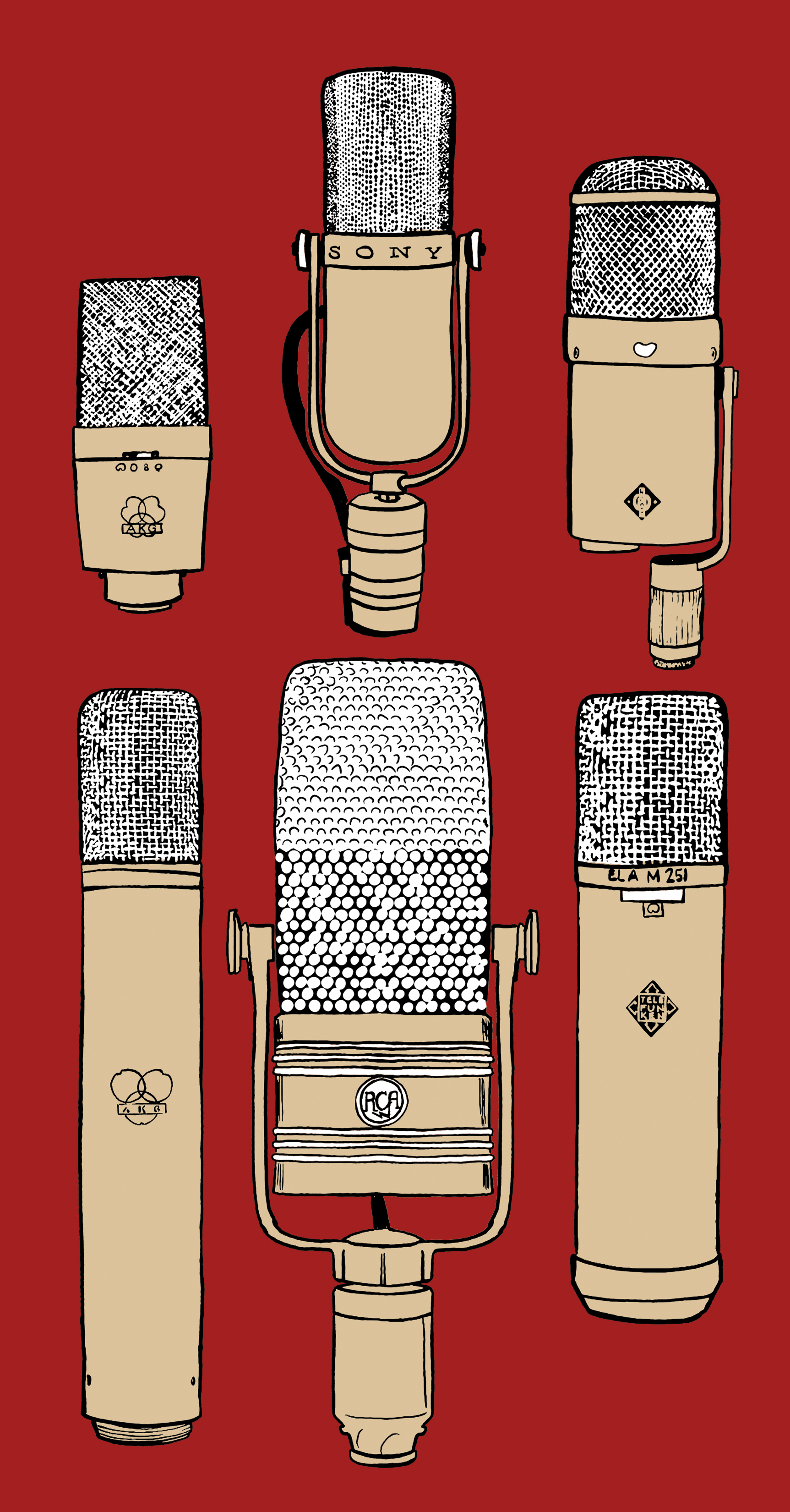Apogee and Sennheiser teamed up to make a smart in-ear headset/microphone combo. As a proud owner, I was eager to find out of this magical hybrid beast lived up to its potential. First, what is it? It's two things: a binaural microphone that you wear in your ears, and a hi-fi in ear headset that works exclusively with iOS devices like the iPhone. But why is it exclusive to iOS? Well, for starters it uses Apple's proprietary Lightning connector. As frustrating as it is to not have a standard eighth-inch headphone jack, I'm not sure how else they would have included so many "smart" features in such a well-designed headset. In the same way that I get frustrated when I can't easily walk out of my control room and connect the Audio-Technica ATH-M50 headphones [Tape Op #63] I use at work to my modern iPhone, I also can't walk into the control room and connect this headset to my console's headphone output. Once you get over that, there's a lot to love about this headset – the sound is top notch! Bass response is full and focused, midrange is incredibly detailed, and the top end is clear without ever feeling too harsh – listening is an absolute joy!
The included remote incorporates standard volume and play/pause features, but there's a second volume rocker that lets you move from active noise cancelation to "transparent hearing," which is basically piping in the sound from the microphones right next to your ears. This is helpful when you're walking out of your house and your roommate stops you to ask a question. The AMBEO's earpieces are pretty isolating, so the ability to switch on the "transparent hearing" feature will allow you to carry on a conversation with ease. One could also just take the headset off, but installing these things in your ears is a bit of a chore, in my opinion. Each ear-loop rests over your ear, similar to a sports earbud fit. As someone with both long hair and glasses, it's a little bit of work to get these things settled into my ears correctly, but once in they're great! Again, the sound is incredible!
There's a companion app that includes access to a three band EQ, which also sounded good. I preferred the sound with the low shelf set at 100 Hz and attenuated by 2 dB. The remote includes a configurable "smart slider" which can be set to one of many shortcuts. I chose to have it launch the camera app so I could quickly record videos with 3D binaural audio! How does the binaural audio sound? Good. The mics themselves sound great, and the stereo image is superb. The 3D imaging wasn't entirely impressive – the directionality of sounds above or behind me were harder to pick out on playback, but it's definitely an immersive stereo image! I've since gotten quite bit of use out of this for sound design: for video game sounds I've recorded card shuffles, door slams, rustling through papers, and more. After getting these sounds back into a DAW and squashing them with compression, I can say this mic is top notch.
I highly recommend finding a recording app that supports input monitoring (Apple's built-in in Voice Memo app does not). Apogee recommends their iOS 12 compatible MetaRecorder app. The biggest potential bummer when recording with the AMBEO Smart Headset is your own body noise. I learned the hard way that when using this headset as a microphone for professional results it's important to stand incredibly still, not take any steps, and avoid swallowing. The audio is a dramatic step up from the built-in mic on my phone, but the price you have to pay is to keep your body still. In summary, there's a lot to love about this headset, and the designers have a done a great job making this easy to use. While I wasn't blown away by the 3D binaural image, the microphones sound incredible, plus I love them as a pair of earphones.




_disp_horizontal_bw.jpg)